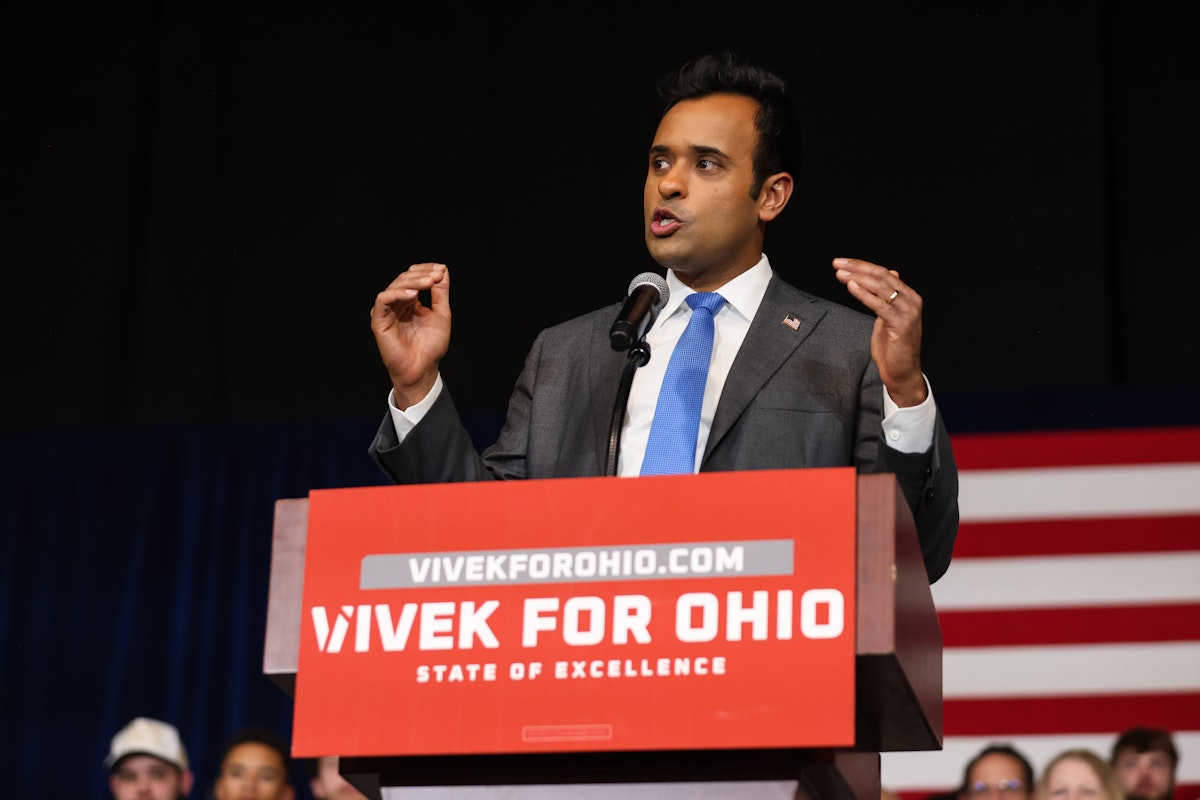Evaluating Ramaswamy's Newest Policy Proposal: A Deep Dive into its Potential Impact
Vivek Ramaswamy, the Republican presidential candidate, continues to generate headlines with his bold and often controversial policy proposals. His latest initiative, [Insert Specific Name of Policy Here – e.g., the "National Renewal" plan], has sparked considerable debate, prompting crucial questions about its feasibility and long-term consequences. This article offers a comprehensive evaluation of Ramaswamy's newest proposal, examining its key tenets, potential benefits, and potential drawbacks.
Understanding the Core Tenets of the Proposal
Ramaswamy's [Insert Specific Name of Policy Here] aims to [Clearly state the policy's main goal – e.g., reinvigorate American manufacturing and reduce reliance on foreign goods]. The plan primarily focuses on [List the key components of the proposal, using bullet points for clarity]:
- [Component 1 – e.g., Tax incentives for domestic manufacturers]: This aims to attract investment and stimulate job growth within the United States.
- [Component 2 – e.g., Increased tariffs on imported goods]: This seeks to protect domestic industries from foreign competition.
- [Component 3 – e.g., Deregulation of specific sectors]: This aims to reduce bureaucratic hurdles and foster innovation.
- [Component 4 – e.g., Investment in workforce development programs]: This strives to equip American workers with the skills needed for the modern economy.
Potential Benefits: A Closer Look
Proponents argue that Ramaswamy's proposal offers several significant benefits:
- Economic Growth: By stimulating domestic manufacturing, the plan could lead to job creation, increased economic output, and a stronger national economy.
- National Security: Reducing reliance on foreign goods could enhance national security by bolstering domestic supply chains and reducing vulnerability to global disruptions.
- Technological Advancement: Deregulation could potentially foster innovation and accelerate the development of new technologies within the United States.
Analyzing the Economic Projections
Independent economic analyses of similar proposals [Link to relevant study or analysis if available] suggest [Summarize findings – e.g., potential for modest GDP growth but also risks of inflation and trade wars]. It's crucial to note that these projections often rely on various assumptions, and the actual outcomes could differ significantly.
Potential Drawbacks and Criticisms
Critics raise several concerns about the feasibility and potential negative consequences of Ramaswamy's plan:
- Trade Wars: Increased tariffs could trigger retaliatory measures from other countries, leading to trade wars and harming American consumers and businesses.
- Inflationary Pressures: Increased demand for domestically produced goods could exacerbate inflationary pressures if supply cannot keep pace.
- Job Displacement: While the plan aims to create jobs, it could also lead to job losses in sectors reliant on imports.
- Lack of Detail: Some critics argue that the proposal lacks sufficient detail and concrete mechanisms for implementation.
Addressing the Concerns about Protectionism
The proposal's emphasis on protectionist measures raises concerns about its long-term sustainability and potential negative impacts on global trade relations. A balanced approach that fosters both domestic growth and international cooperation is crucial.
Conclusion: A Balanced Perspective
Ramaswamy's latest policy proposal presents a complex picture with both potential benefits and significant risks. While aiming for laudable goals such as economic growth and national security, a thorough cost-benefit analysis is necessary before implementation. Further research and detailed economic modeling are crucial to accurately assess its potential impact and mitigate potential negative consequences. The debate surrounding this proposal underscores the need for careful consideration of the trade-offs involved in shaping economic and trade policy.
Further Reading: [Link to related articles or policy papers]
Call to Action: What are your thoughts on Ramaswamy's newest policy proposal? Share your opinions in the comments below.
